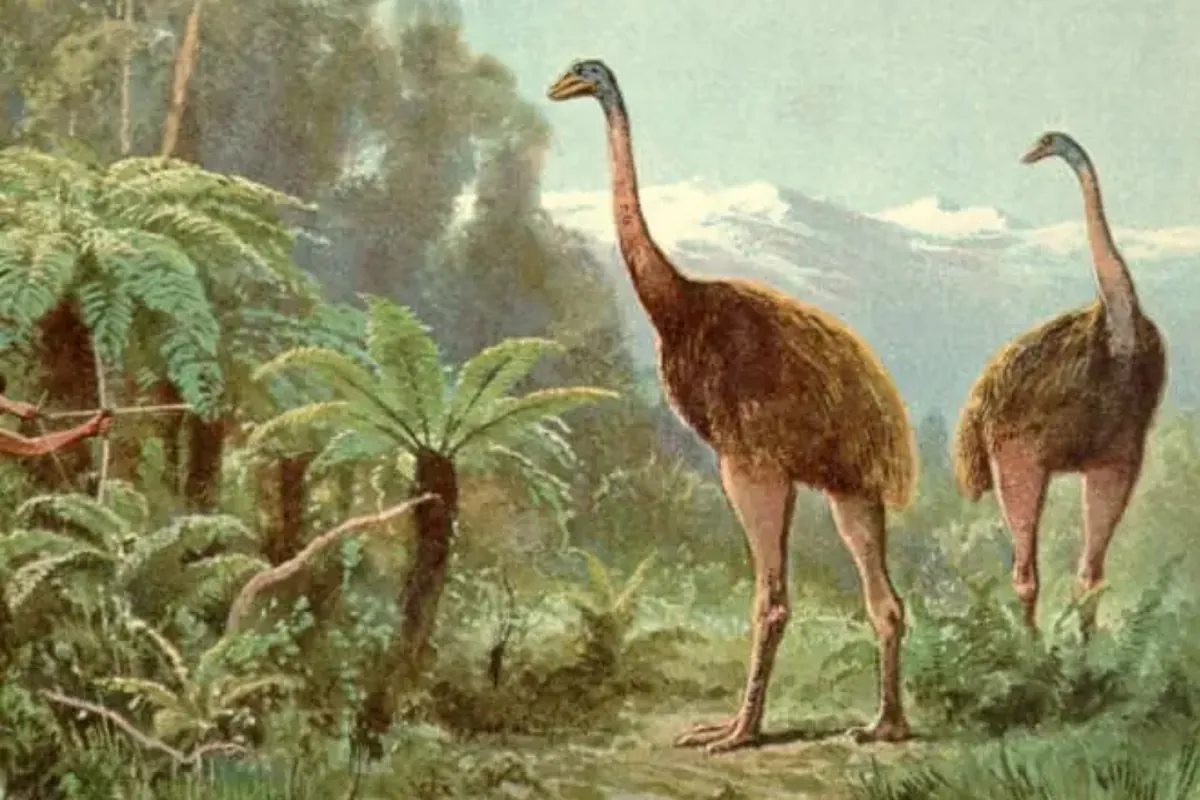
Neither dire wolves nor mammoths, this is the animal that has been de-extinct: the moa, a wingless bird of colossal dimensions
How did your country report this? Share your view in the comments.
Diverging Reports Breakdown
Neither dire wolves nor mammoths, this is the animal that has been de-extinct: the moa, a wingless bird of colossal dimensions
Colossal Biosciences has unveiled its plans to bring the moa back from extinction. The moa is a wingless but enormous bird, which could grow to be about 3.6 meters tall and weigh up to 239 kilograms. The project is led by the Ngai Tahu Research Centre in collaboration with Colossal and Jackson. It will attempt to achieve its fifth de-extinction, after the mammoth, the dodo, the thylacine and the dire wolf, all animals chosen because their extinction was caused by human activity.
Cole Palmer was disgusted with Donald Trump celebrating with them
“It is one of the few known birds that lacks wings,” explained director Peter Jackson, a key collaborator on the project. “We have sampled more than 60 bones and are already working on the genomes of several moa species,” said Ben Lamm, CEO and co-founder of Colossal, to IFLScience. “Our goal is not only to work on the genome of the South Island giant moa, but also to develop genomes for all nine species of moa,” he said.
“This alliance is truly Maori-led”
This project is led by the Ngai Tahu Research Centre in collaboration with Colossal Biosciences and Jackson. The Ngai Tahu Research Centre was founded in 2011 to support the intellectual development of Ngai Tahu, the main iwi (Maori tribe) of the southern region of New Zealand.
Based at the University of Canterbury, the Ngai Tahu Research Centre will lead the project as part of Ngai Tahu’s ongoing efforts in species protection and ecological restoration.
“This alliance is truly Maori-led. We almost see them as our board of directors for this species project and hope that they set the pace, cadence and direction we follow,” explained Lamm
In this way, Colossal Bioscience will attempt to achieve its fifth de-extinction, after the mammoth, the dodo, the thylacine and the dire wolf, all animals chosen because their extinction was caused by humans.
“The investment we have made in our avian genomics group has provided the Moa project with a solid foundation on which to build, with the various de-extinction processes and infrastructure for birds already established,” said Lamm.
“While they are different to the dodo or mammoth, all of our projects share the core process and steps around ancient DNA extraction and assembly, as well as computational analysis and editing. We are also working on building an artificial egg that will give us additional options to expand external surrogacy in the long term, which is really exciting if successful,” he said.
Source: https://www.marca.com/en/lifestyle/world-news/2025/07/18/687a73e7268e3e684b8b459f.html
